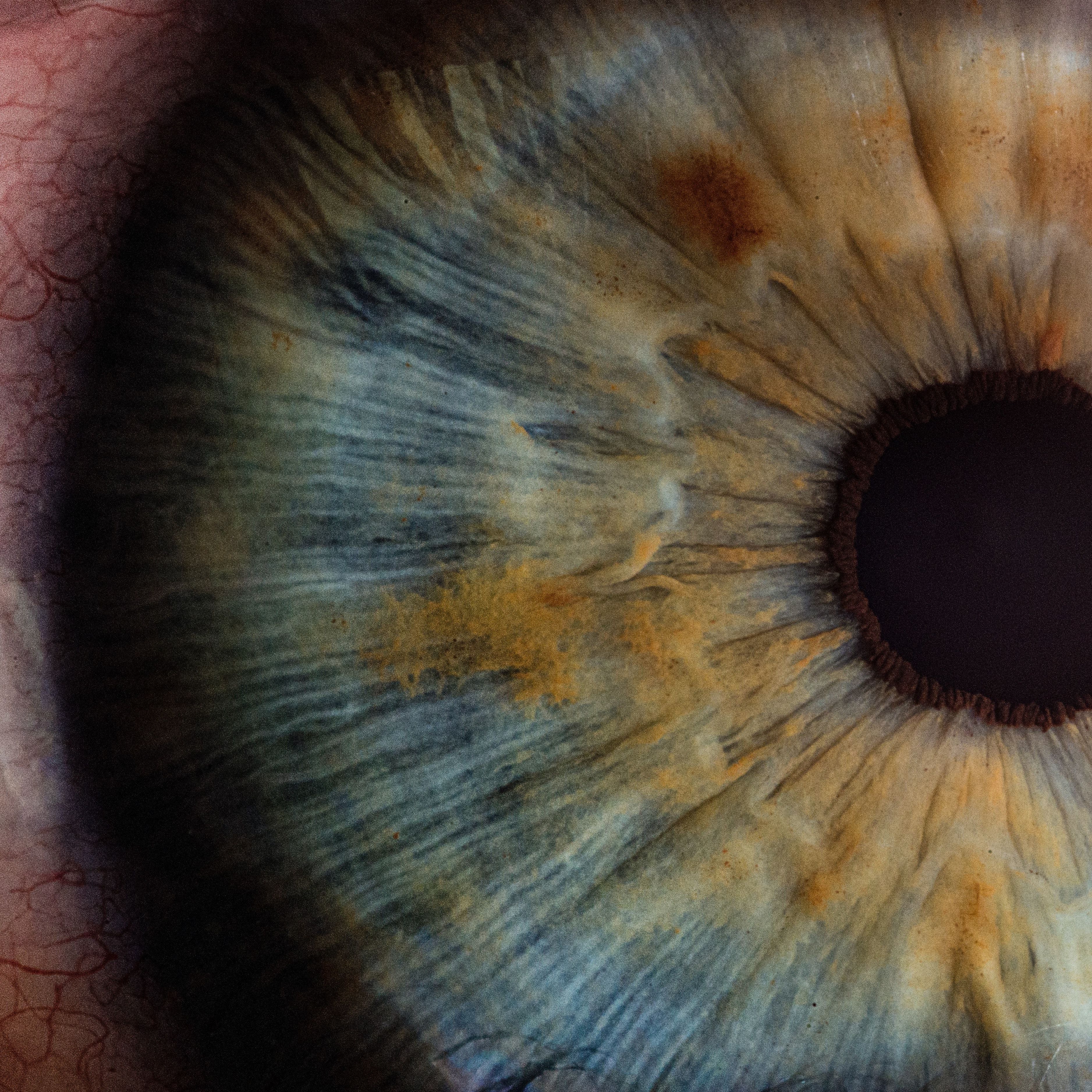Video
Overview of Biosimilars
Author(s):
An ophthalmology expert provides an overview of biosimilars and their potential in ophthalmology practices.
Peter Kaiser, MD: Biosimilars are medications that are similar to the reference product. The biosimilar approval pathway is very different than [that of] the reference product, and because of that, the ability of biosimilar companies to charge a lower price will save the health care system a considerable amount of money. When we look at ophthalmology, both ranibizumab and aflibercept are some of the highest cost items to Medicare, and it would be nice if we were able to deliver similar care to our patients with a lower cost to the health care system.
When we look at biosimilars, the naming differs between the United States (US) and the European Union (EU). In the United States, the biosimilars are named with the name of the reference product and a 4-letter nonsensical word thereafter. The 4 letters need to be something that is not a word in and of itself. In the EU, you're allowed to have a designation and just use ranibizumab or aflibercept without requiring that 4-letter nonsensical word that the US FDA [United States Food and Drug Administration] uses.
When we talk about biosimilars as well as generic medications, there are 2 key principles in the regulatory approval process. One is called extrapolation. In general, a biosimilar, once it's tested against the reference product in a clinical study in any disease state, the approval is extrapolated to all of the other disease states of that reference product. That's kind of nice, and 1 of the reasons why the development costs are considerably cheaper: you only need to do 1 study and you get approval in all of the labeled indications of the reference product. Now, interchangeability is a little bit different. Interchangeability allows a pharmacist to freely substitute 1 product for another. In the generic world, this is very common. If you prescribe a medication, the pharmacist is allowed, without even asking, to interchange the drug with a generic medication. Now, the same is true for a biosimilar. A biosimilar can be interchangeable with the reference product. However, this requires additional clinical studies on top of the extrapolation registration process. While biosimilars can achieve interchangeability, in general, they're only shooting for extrapolation.
When we talk about where biosimilars are currently being used, ophthalmology is actually late to this party. It's already been used quite effectively and frequently in other disease processes, for instance, in oncology. There are numerous biosimilars in rheumatology, which is another area where biosimilars have had very high success. In fact, to date, the FDA has already approved about 11 biosimilars for various diseases, and the results in those diseases have been excellent. More important, the safety in those diseases have been excellent, and the price has been reduced with the introduction of these biosimilars. It's been stated that the savings to the health care system can be in the hundreds of millions of dollars over time in these disease processes. Now, hopefully we'll see a similar reduction in the health care costs when we have biosimilars in ophthalmology.
Transcript edited for clarity





